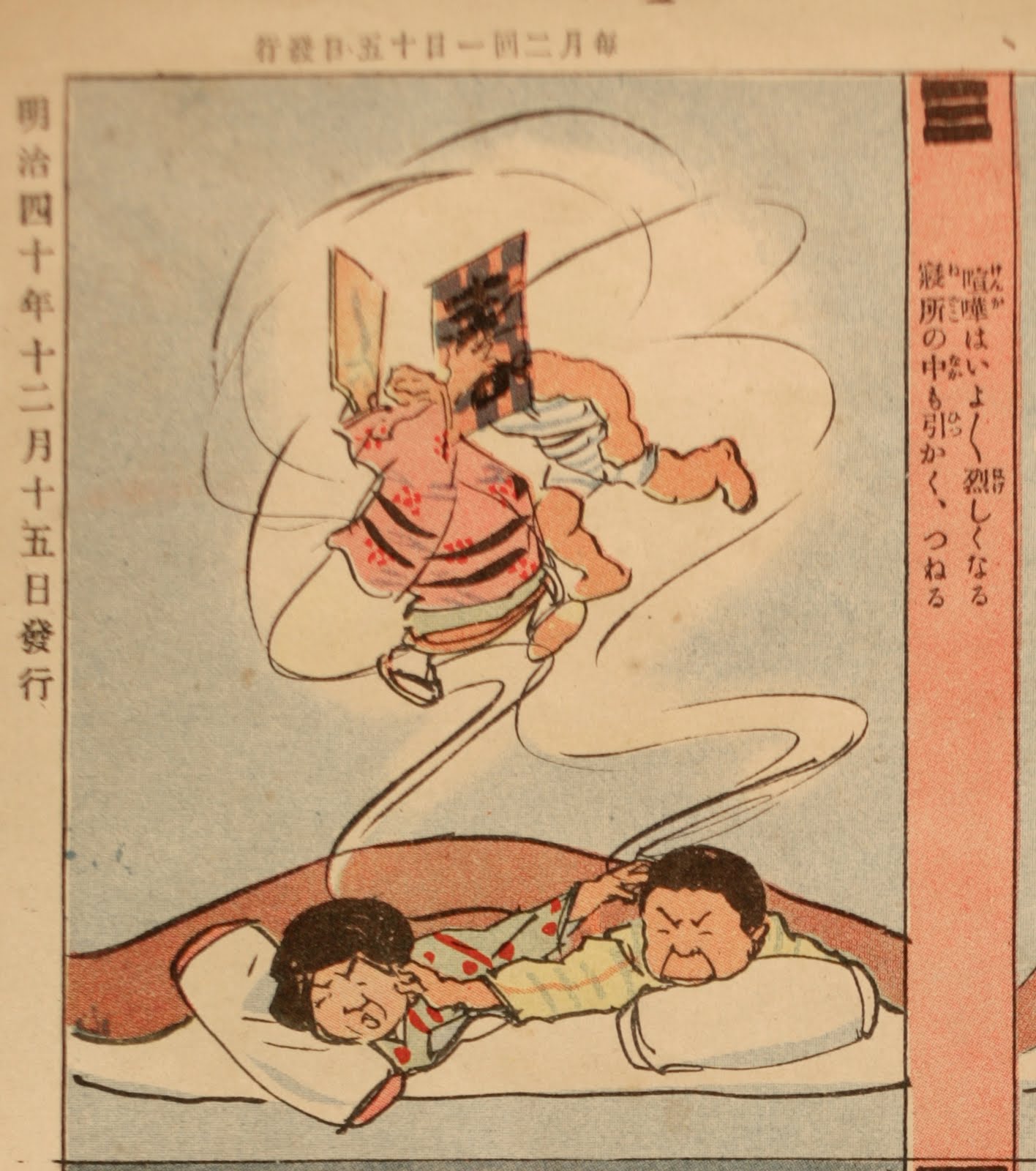Exploring The Vibrant World Of Asian Comics
Asian comics, a dynamic and multifaceted realm of storytelling, have captivated audiences worldwide with their unique art styles and rich narratives. Originating from various countries across Asia, these comics, often referred to as manga, manhwa, and manhua, reflect the diverse cultures, traditions, and experiences of their creators. As the popularity of Asian comics continues to rise globally, they are not only celebrated for their storytelling prowess but also for their ability to bridge cultural gaps and introduce readers to new perspectives.
In recent years, the impact of Asian comics has extended beyond the pages of print to influence various media, including films, television series, and video games. This evolution has led to a greater appreciation for the art form and has garnered a diverse fanbase, making it a significant player in the global entertainment industry. With a wide array of genres available, from action and romance to horror and fantasy, there is something for everyone in the world of Asian comics.
As we delve deeper into this fascinating world, we will explore the history, notable creators, and the cultural significance of Asian comics. We’ll also answer some common questions that arise when discussing this vibrant medium, shedding light on why it has garnered such a dedicated following. Join us on this journey as we uncover the essence of Asian comics and their role in shaping the future of storytelling.
What is the History of Asian Comics?
The history of Asian comics can be traced back to the early 20th century, with the rise of illustrated magazines and comic strips. Each country has its own unique evolution, with Japan being known for its manga, South Korea for its manhwa, and China for its manhua. These comics began as simple entertainment but transformed into a powerful medium for storytelling and artistic expression.
How Did Manga Evolve in Japan?
Manga, often characterized by its distinct art style and diverse genres, has a rich history in Japan. It gained popularity post-World War II, largely due to the influence of artists like Osamu Tezuka, who is often referred to as the "God of Manga." Over the decades, manga has evolved, introducing various themes and styles that cater to different audiences, from children to adults.
What is the Significance of Manhwa in South Korea?
Manhwa, the South Korean counterpart to Japanese manga, has carved its own niche in the comics industry. Known for its detailed artwork and often vertical reading format, manhwa has gained immense popularity both domestically and internationally. The rise of webtoons, a digital format of manhwa, has further revolutionized the way stories are consumed, making it accessible to a global audience.
Who Are Some Notable Creators of Asian Comics?
Several creators have left an indelible mark on the world of Asian comics. Some of the most influential figures include:
- Osamu Tezuka (Japan) - A pioneer in manga who created iconic series like "Astro Boy" and "Black Jack."
- Naoko Takeuchi (Japan) - Known for the beloved series "Sailor Moon," which has become a cultural phenomenon.
- Kim Dong-hwa (South Korea) - Renowned for his work in manhwa, including the poignant series "The Color of Earth."
- Mo Yan (China) - A Nobel Prize-winning author whose storytelling influences both literature and comics.
What Genres Are Popular in Asian Comics?
The diversity of genres in Asian comics is staggering, catering to a wide range of interests. Some of the most popular genres include:
- Shonen - Targeted towards young males, often featuring action and adventure.
- Shoujo - Aimed at young females, typically focusing on romance and relationships.
- Seinen - For adult men, offering more mature themes and complex narratives.
- Josei - Targeted at adult women, often exploring real-life issues and relationships.
- Fantasy - Encompassing magical worlds and mythical creatures, appealing to all demographics.
How Do Asian Comics Influence Global Culture?
Asian comics have significantly impacted global culture, inspiring a myriad of adaptations in film, television, and video games. The unique storytelling techniques and visual artistry have influenced creators worldwide, fostering a greater appreciation for diverse narratives. This cultural exchange has led to collaborative projects, blending elements of Asian comics with Western styles, further enriching the global entertainment landscape.
What Are the Future Trends in Asian Comics?
As technology continues to evolve, so do the methods of consuming Asian comics. The rise of digital platforms has transformed how readers access and enjoy these stories, paving the way for new trends such as interactive comics and augmented reality experiences. Additionally, the increasing global demand for diverse stories is likely to inspire more creators to share their unique perspectives through this art form, ensuring that Asian comics remain relevant and influential for years to come.
What Role Does Fan Culture Play in Asian Comics?
Fan culture is a vital aspect of the Asian comics community. Fans often engage through conventions, cosplay, and online forums, creating a vibrant ecosystem that supports both creators and fellow enthusiasts. This sense of community fosters a deeper connection to the stories and characters, further enhancing the overall experience of enjoying Asian comics.
Conclusion: Why Should You Explore Asian Comics?
Asian comics offer a unique blend of art, storytelling, and cultural exploration, making them a must-read for anyone interested in diverse narratives. Whether you're drawn to the intricate artwork of manga, the emotional depth of manhwa, or the rich history of manhua, there is something in this vibrant medium for everyone. So why not dive into the world of Asian comics and discover the stories that await you?
Creative Playstation Usernames Ideas For Gamers
Unveiling The Enigma: Jake The Viking Height
Oregon's Stars: Celebrating Famous People Born In Oregon


